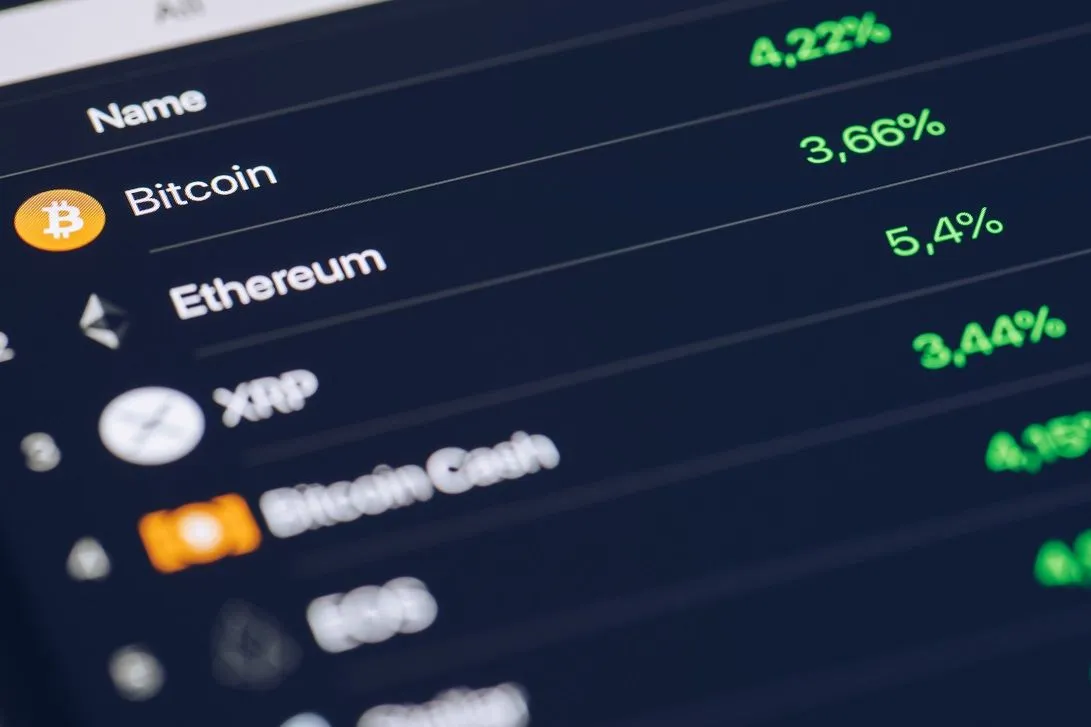Virtual currency in 2024 will be an electronic-only digital representation of value. Apps on computers, smartphones, and other devices have grown accustomed to storage and transactions. Online and secure dedicated networks serve as virtual currency transactions. Their issuance is primarily uncontrolled and comes from private individuals or developer organizations.
Cryptocurrencies and tokens produced by private companies are examples of digital currencies, of which virtual currencies are a subset. Accelerated transaction speeds, user-friendliness, and widespread accessibility may become a reality using virtual currencies. The lack of regulation and vulnerability of virtual currency to hacking mean that users who fall victim to an attack typically have no legal redress.
Table of contents.
Understanding Virtual Currency
- What is virtual currency (cryptocurrency)?
- Different types of virtual currencies
- How does virtual currency work (blockchain technology) work?
The State of Virtual Currency in 2024
- Major virtual currencies and their performance (e.g., Bitcoin, Ethereum)
- Impact of regulations on virtual currency
- Recent trends and developments in the virtual currency market
- Adoption of virtual currency by businesses and consumers

Understanding Virtual Currencies
Digital currency includes virtual currencies as well. . They vary, therefore, from digital representations of digital money that have enjoyed support for use, also known as central bank digital currency (CBDC).
Types Of Virtual Currency
Depending on their legal status, virtual currencies can be broadly classified as decentralized or centralized.
Centralized
A central repository or administrator is present in a centralized virtual currency. Generally, the entity responsible for issuing virtual money is its central administrator. In a controlled currency system, the function is comparable to that of a central bank. A centralized virtual currency example is XRP.
Decentralized
A decentralized currency, on the other hand, lacks a central repository or administrator that is outside the system.
Many decentralized currencies, including Ethereum, Litecoin, and Bitcoin, are assembled on blockchain networks. The blockchain network combines cryptography with a collection of documents called blocks. When a transaction is summoned, it does not exist in nature and is available throughout the network, which can expand up to several computers or nodes.
Virtual Currency in 2024: A Thriving Landscape with Evolving Trends
Transaction data connected to the current blockchain is in an immutable, permanent block once the transaction does not work with the network. The transaction received an offer before a judge and was duly recorded.
The decentralized peer-to-peer network circumvents a central administrator and, thus, a centralized security breach, as contrasted with a centralized virtual currency system. Furthermore, decentralization enables reduced transaction costs and increased transparency between parties by doing away with middlemen.
Nonetheless, regulatory issues arise from the absence of a centralized authority. The decentralized structure might be advantageous for illicit activities and money laundering.

Advantages Of Virtual Currencies
Convenient
Convenience is the virtual currency’s main benefit. Virtual currencies are network-based, making payments using them quick and simple. Using virtual currency is particularly practical when transacting internationally.
Decentralized
Furthermore, decentralization eliminates middlemen. In addition to avoiding the central administrator’s security failure, it minimizes transaction costs.
Disadvantages Of Virtual Currencies
Lacks Comprehensive Regulation
Virtual currencies’ global popularity must not work due to the incomplete and disorganized nature of the laws governing them.
Highly Volatile
Out of charge for a central bank, the value of a virtual currency is highly volatile. Therefore, it is a less favorable tool to store value or medium of exchange. For example, Bitcoin peaked at the end of 2017 at nearly $20,000 per unit. It later dropped to around $3,000 per unit within one year.
Potential Security Issues
Even with advances in encryption technology, owners of virtual currencies may still suffer significant losses if authentication data is not present or leaked.
Digital Currencies, Virtual Currencies, And Cryptocurrencies
Digital money can be uncontrolled or regulated. The nation’s central bank issues controlled digital currencies, which it can feel strongly about as a sovereign currency. Therefore, a nation’s monetary policy governs the kind of digital money that is self-controlled.
Digital currency without regulations includes virtual currency. A private issuer, as opposed to a central bank, is in charge of its issuance and control. Consequently, no monetary policy can affect it. Centralized and decentralized virtual currencies are both possible. Cryptography is a feature of certain virtual currencies but is absent from others.
Here are some additional points to consider:
To protect and validate financial transactions, a form of virtual currency known as cryptocurrency uses cryptographic technology. Blockchain networks are necessary for cryptocurrency. As a result, virtual currencies that deconcentrate are cryptocurrency.

Conculation.
Financial institutions employ a robust security infrastructure combined with sophisticated validation techniques to safeguard transactions. Continuous monitoring, user education, and the adoption of emerging technologies like machine learning and blockchain further enhance these efforts. While complete security is impossible, these measures significantly reduce the risk of fraud and ensure the integrity of financial transactions.
